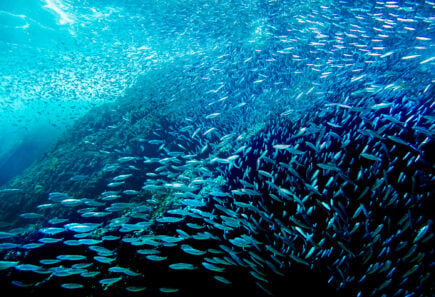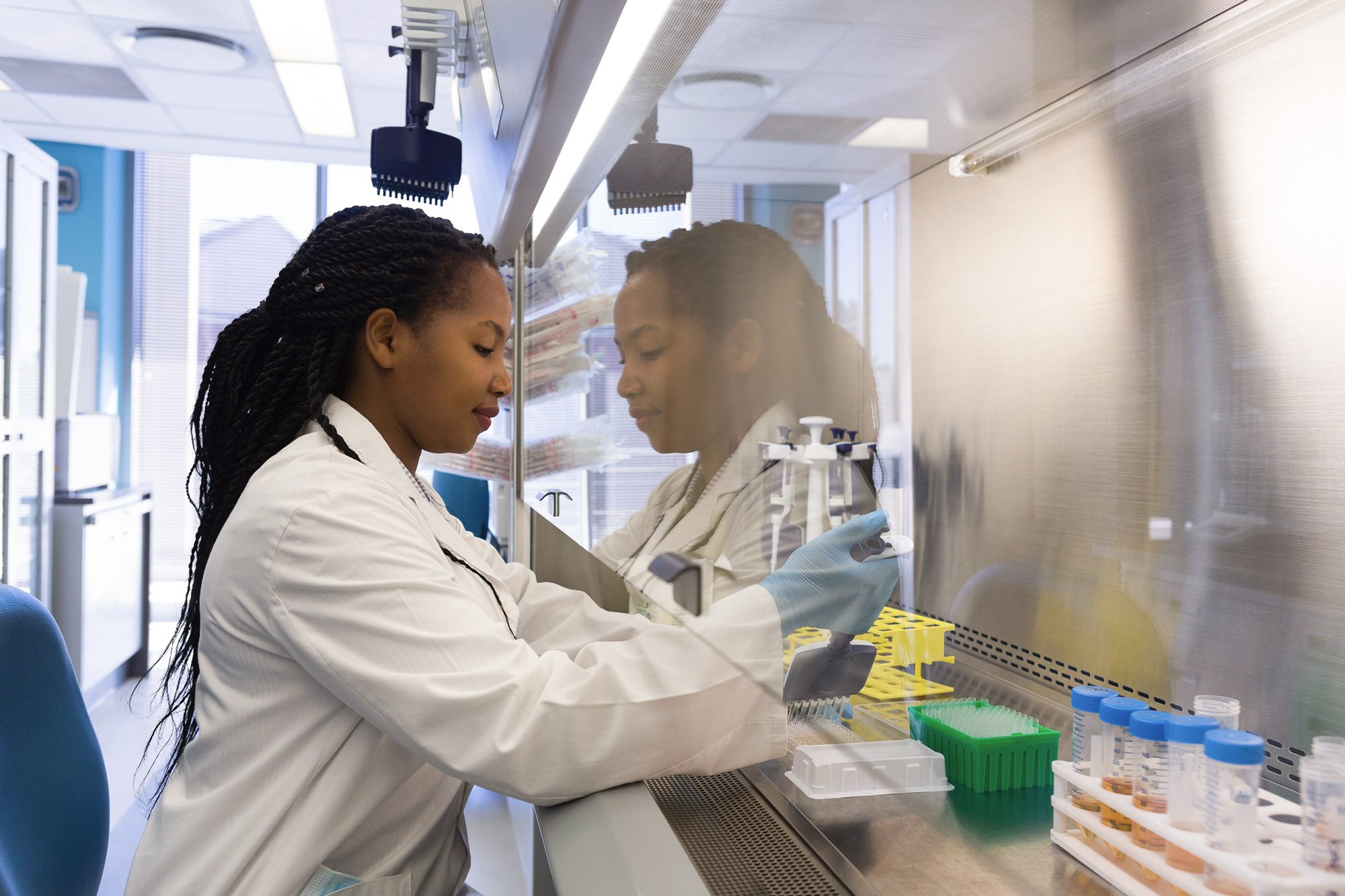Understanding uptake and interconversion of omega-3 fatty acids by cultivated fish cells
Although fish are one of the best dietary sources of long-chain omega-3 fatty acids (FAs), these compounds are mostly bioaccumulated from a fish’s diet rather than synthesized de novo. Consistent with this, studies have found evidence of reduced omega-3 content in fish as a result of replacing fish-based feed with plant-based feed. Therefore, for cultivated fish to compete with conventionally-produced products, it will be necessary to identify cost-effective strategies for increasing the content of nutritionally-important omega-3 FAs in cultivated fish.
-
Cultivated
- Research
- Commercial
- R&D
- Raw Materials, Ingredients, & Inputs
- Cell line development
- Cell culture media
- Host strain development
- Industry
- Academics
- Startups
Current challenge
Freshwater fish tend to have less abundant sources of important, highly-unsaturated omega-3 FAs EPA and DHA in their diets. Likely as a result of this, rainbow trout and other freshwater or anadromous species are able to produce EPA and DHA from their precursor ALA, primarily in the liver (Tocher 2003). This is not true of many marine species, especially top predators, which are more dependent on dietary EPA and DHA. Consistent with the idea that marine fish obtain EPA, DHA, and other highly-unsaturated FAs from dietary sources, cultured bluefin tuna cells readily take up FAs added to the culture media, but this supplementation does not increase the concentrations of those FAs downstream in the biosynthetic pathway (Scholefield and Schuller 2014). Especially for marine species, cultivated fish may require direct supplementation with EPA and DHA, increasing the cost of production.
Created with Biorender
Proposed solution
To clarify the extent of the differences between species and between cell types, a systematic comparison of the ability of equivalent cell populations from muscle, fat, and liver of several freshwater and marine species to take up and interconvert purified ALA, EPA, and DHA would help. An exploration of the mechanisms by which the relevant desaturase and elongase genes are inactivated in marine fish cells and muscle cells as well as adipocytes of freshwater fish could lead to strategies for increasing conversion to EPA and DHA. Identification of methods (preferably non-GMO or at least non-integrating methods) by which these genes could be re-activated could allow for ALA to be converted to EPA and DHA at high rates within muscle cells or adipocytes or within cells from marine species which would otherwise be incapable of doing so. In order to increase omega-3 content by the most cost-effective and efficient means possible, it would be useful to test cells’ ability to take up omega-3 FAs from fewer highly purified plant or algal sources. Inputs rich in either ALA (e.g. flax seeds) or EPA and DHA (e.g. algae) might be appropriate depending on the ability of the cells in question to desaturate and elongate ALA.
Anticipated impact
Systematic research into omega-3 uptake and conversion will inform strategies for increasing the content of highly-unsaturated FAs including EPA and DHA within cultivated fish in a cost-effective manner. If desired, products could be produced with higher concentrations of these FAs than those found in conventionally-produced fish. Whereas much of the research described here falls into the category of basic knowledge generation, novel strategies for increasing expression of desaturase and elongase genes, as well as cost-effective purification schemes for FAs to be retained and taken up by cells with high efficiency, are fertile areas for generation of IP and might be attractive areas for R&D efforts within companies.
Related efforts
Integriculture’s CulNet system allows for media to be circulated between muscle and fat cells grown for cultivated meat and various types of support cells that can process waste products and/or produce necessary growth factors or other compounds. Liver cells, especially from freshwater fish, could be one type of support cell to produce highly unsaturated omega-3 FA’s to be taken up by cultured myocytes.
Supplementation of cultivated seafood with omega-3 fatty acids will require low-cost, animal-free sources of these compounds. Possible production platforms include large-scale algae farming, which is being pursued by companies like iWi, as well as production in plants. Camelina plants have been engineered using CRISPR to produce EPA and DHA and are being commercialized via a partnership between Yield10 Bioscience and Rothamsted Research.
GFI resources

State of the Industry Report: Cultivated meat
This report details the commercial landscape, investments, regulatory developments, and scientific progress in the cultivated meat and seafood industry.

Sustainable Seafood Initiative
Learn how plant-based, fermentation-derived, and cultivated seafood can improve the health and sustainability of oceans.

Find collaborators
Join the GFIdeas global community of 2,000+ entrepreneurs, scientists, investors, and subject matter experts. Discuss projects on the members-only Slack community, attend monthly seminars, and use the community directory to help you find collaborators working on similar Solutions!
Related solutions
-
Cultivated
Uptake and biosynthesis of fat in cultivated meat cells
To recapitulate meat’s fat profile, research is required to determine which lipids muscle and fat cells can produce efficiently—and from which precursors—and which lipids they can absorb directly from the…
-
Cultivated
-
Fermentation
-
Plant-Based
Fat and moisture encapsulation for alternative protein products
Fat and moisture retention are critical to the organoleptic properties of meat and must be perfected across all alternative protein platforms. Solutions for encapsulating fat and moisture are necessary to…
-
Fermentation
Producing animal-like fats through microbial fermentation
Microbial fermentation provides an efficient method for generating lipid molecules that are chemically identical to those produced by animals. Research efforts are needed to expand current knowledge about the process…

Explore the full solutions database
Browse 300+ startup ideas, commercial opportunities, research projects, and investment priorities throughout the alternative protein supply chain.
Get involved
If you’d like to fund a research project, work on any of these solutions, share information about related efforts that are already underway, or elevate new ideas for advancing the alternative protein industry, we’d love to hear from you!
